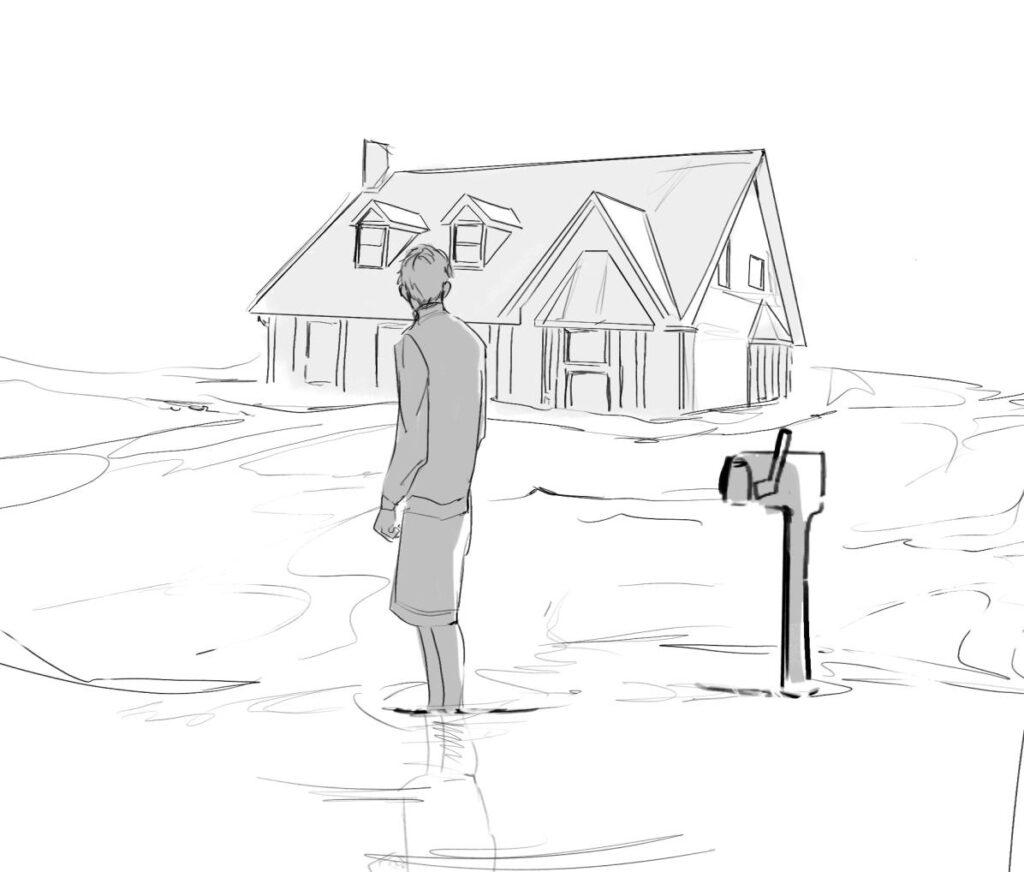As most of us remember, wildfires ravaged California in 2020. The skies around the Bay Area turned red from the smoke, and as homeowners and communities scrambled to recover, even more devastating news occurred. Large insurers started dropping insurance coverage for homes in high-risk zones that were likely to be impacted by climate disasters such as wildfires and flooding, causing difficulties in both buying and selling properties.
Even as early as 2017 and 2018, insurers had begun dropping out of areas due to wildfire risks, which can lead to lower-income residents being stuck in uninsured housing, vulnerable if disaster strikes. California then had to ban them from making these risk assessments and basing insurance values basked on them.
Later, in 2020, however, California reversed course, passing new state laws that prevent insurance companies from price discrimination based on perceived future climate issues. That led companies to drop clients entirely. For example, AllState and State Farm stopped offering new insurance policies in parts of California post-wildfires.
As increasing numbers of private insurers dropped out, state legislature passed the FAIR plan: an insurance option for people who cannot get insurance elsewhere. However, this may lead rates to grow higher. In 2020 the FAIR plan increased their rates by 15.6%.
The high insurance prices led home values to drop, in turn leading to buyouts and a lack of proper safety infrastructure, which hits low income and minority groups the hardest.
The rise of insurance costs and property value creates another staggering statistic: 39 million properties in the U.S. are at risk of growing uninsurable in the next few years, according to the First Street Foundation — that’s a quarter of all properties in the U.S.
It’s imperative that at both the federal and local level, governments start planning for mass migration due to climate change. States and local counties should subsidize or encourage in other ways new and improved infrastructure in low impact and insured areas. This will prevent new homeowners from choosing at-risk properties, where their only option may be expensive state insurance.
For homes in at-risk areas, governments need to plan for possible relocation. As residents may not be able to afford moving, fairly-priced buyouts and new housing in safer areas needs to be developed. While not a straightforward and all-encompassing solution, even a discussion about these issues could be the start for a push for change.
This is not just a problem in California. In Florida, the threat of hurricanes makes the average annual home insurance cost in the state $6,000, compared to the national average of $1,700. These high prices push out lower-income residents in at-risk areas, leading to a “climate insurance bubble,” where property values are expected to plummet as insurance backs out of at-risk areas.
Elsewhere, Lake Charles, Louisiana, is experiencing high outward migration rates of 6.7% due to storm risk. High risk of flooding due to being in a floodplain and difficulty to place climate forward infrastructure has led to a lack of action to protect local communities and a push for buyouts to convince residents to move elsewhere. Ever since 1989, 40,000 of 13 million residents in Louisiana have opted to take the buyouts.
However, buyouts have historically targeted low-income residents and minorities. Their homes have been left to be destroyed without any protection or alternatives, while wealthier white communities have historically received the infrastructure option of protecting their communities, such as sea walls.
Low-income communities also lack the disposable income to renovate their homes or move, causing them to be stuck in housing that may eventually come to lack insurance without feasible options to move.
Climate migration is a growing issue, with the United Nations projecting 1.2 billion climate migrants internationally by 2050. Those who are forced to move due to climate-related pressures, which can include a threat to their livelihoods, are now also facing insurance pressures causing homeowners to be unable to bounce back post climate disasters.
Possible solutions need to start being considered seriously. This includes limiting development in areas with extremely high risk that would not be eligible for insurance and helping predict and plan for migration out of insurance ineligible areas.
Charting possible climate migrations can help plan for areas where there will be an influx of migrants, and track areas where climate risks threaten development, safety and insurance for citizens. State governments could plan for such migration on a smaller scale and the federal government could work to chart it out across the country; this will allow infrastructure projects to be approved according to the safety of an area and the likelihood of it receiving insurance.
This will help with infrastructure planning and ensure migrating communities have alternatives to live in. For example, reducing construction and development in floodplains and fire risk areas can help ensure communities can find insurance in the places they can live.
Climate migration is a major problem that will only be exacerbated as climate change worsens and the list of at-risk areas grows, and governments need to start planning accordingly sooner rather than later to protect climate refugees.



























